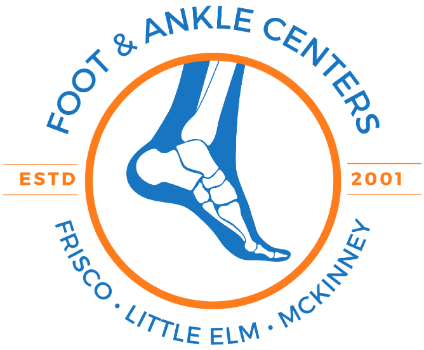A high foot arch, also known as a pes cavus, is a condition in which the arch of the foot is abnormally elevated. Normally, the foot has a natural arch that helps support body weight, absorb shock, and distribute pressure evenly while walking or running. However, in individuals with a high foot arch, this arch is significantly higher than usual.
High foot arches can vary in severity, and the condition can affect one or both feet. There are two main types of high foot arches: flexible and rigid.
1. Flexible high arches: People with flexible high arches have an arch that appears overly raised when the foot is not bearing weight, but flattens out partially or completely when weight is applied. They often experience symptoms such as foot pain, instability, and difficulty finding properly fitting footwear.
2. Rigid high arches: Individuals with rigid high arches have an arch that remains elevated even when no weight is applied. This type of arch is usually less responsive to movement and can be associated with more severe symptoms. Rigid high arches may lead to limited mobility, chronic foot pain, and an increased risk of developing other foot conditions such as hammer toes or calluses.
The causes of high foot arches can be congenital (present from birth) or acquired. Congenital high arches are usually hereditary or due to underlying neuromuscular conditions such as Charcot-Marie-Tooth disease. Acquired high arches can result from nerve damage, muscle imbalances, trauma, or certain medical conditions such as cerebral palsy or spinal cord injury.
Treatment for high foot arches typically focuses on managing symptoms and addressing any underlying causes. This may include:
- Orthotic devices: Custom-made shoe inserts or orthotics can provide support, cushioning, and improved foot alignment.
- Physical therapy: Specific exercises can help strengthen the muscles and improve flexibility, stability, and range of motion in the feet and ankles.
- Supportive footwear: Wearing properly fitted shoes with good arch support and cushioning can help alleviate discomfort and improve stability.
- Medications: Nonsteroidal anti-inflammatory drugs (NSAIDs) or corticosteroid injections may be prescribed to reduce pain and inflammation.
- Surgery: In severe cases with persistent pain or deformities, surgical intervention may be necessary to correct structural abnormalities or release tight muscles and tendons.


Leave a comment
0 Comments